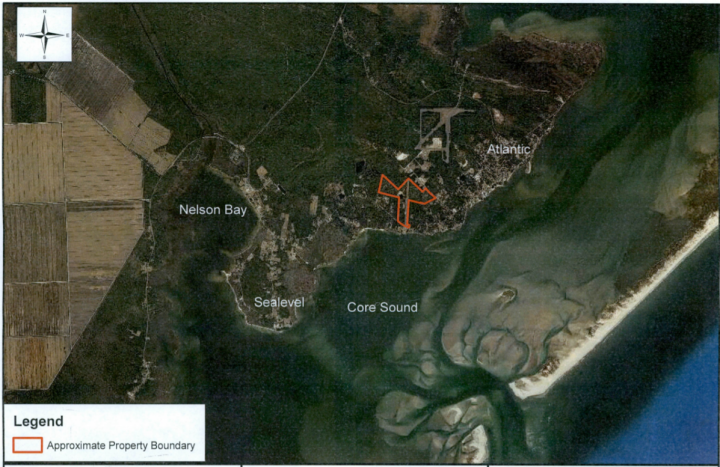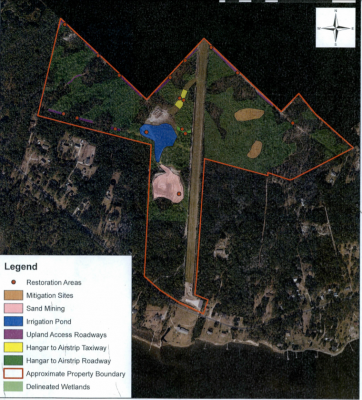
WILMINGTON – Property owners who had more than 5 acres of wetlands filled on their land about two years ago are now seeking state and federal approval for the work that’s already been done.
The wetlands were filled in in 2015 as part of a project to revive an old grass airstrip on 111 acres in the small Carteret County community.
Supporter Spotlight
Property owners Greg and Emily Miller, of New Albany, Ohio, are now pursuing state and federal authorization, including an after-the-fact individual permit from the Army Corps of Engineers. The Millers could not be reached for comment.
The application is under review at the Corps’ Wilmington District, where it is being processed the same as applications requesting to fill wetlands before any work has been done, according to a Corps spokesperson.
That process includes a public comment period, which ended Dec. 8, a review of those statements, and an evaluation of direct, indirect and cumulative environmental impacts.
The Corps may issue penalties only for work that is not in compliance with a Department of the Army permit, Corps Wilmington District chief of public affairs officer Lisa Parker wrote in an email responding to questions.

The Environmental Protection Agency has the authority to assess penalties for unauthorized activities such as filling, dredging and grading in wetlands.
Supporter Spotlight
The agency “often requires individuals – companies and other entities – to pay monetary penalties for violating wetlands requirements,” according to the EPA website.
A spokeswoman with the EPA’s Atlanta, Georgia, office said the Corps has not referred the case in Atlantic to the agency.
As to what the property owners will be required to do if the Department of the Army permit application is denied, Parker wrote, “That decision will be made when the permit decision is finalized.”
The Wilmington District “does not receive many” after-the-fact individual permit applications, according to Parker. The number of after-the-fact permit applications the district has received this calendar year and in years past was not available by press time.
Corps officials in Wilmington were notified by the state that wetlands had been filled on the site, work that began in mid-2015 and included the construction of access roads, a taxiway, utility line and two ponds, according to the Corps’ Nov. 8 public notice.
Work on the land, which is adjacent to Nelson Bay, has been done to create an area for recreational aviation and “future periodic charitable use of military veterans and their families,” according to the notice.
A runway that was constructed on the land several decades ago was “built-up” with material excavated from the ponds. The applicants plan to maintain the ponds for irrigational and recreational purposes.
The N.C. Division of Water Resources, or DWR, has sent a letter to the property owners notifying them that they are required to apply for and cover the application fee for a 401 water quality certification, according to N.C. Division of Coastal Management spokeswoman Sarah Young. Referring to Section 401 of the Clean Water Act, the applicant is required to certify that any discharges from the site will comply with federal and state water quality standards.
“An application has not yet been received,” Young stated in an email.
The Corps will not make a final permit decision until DWR issues, denies or waives state certification.
The applicants will not be required to provide an Environmental Impact Statement, or EIS, according to a preliminary review by the Corps.
The review also indicates that there are no impacts to federally protected fish, wildlife or plant species or their critical habitat, no potential cultural or historic resources within the project site and no federally designated essential fish habitat on the property.
“Any additional or new information may change any of these preliminary findings,” the notice states.
DWR has not assessed a civil penalty for the site.
To mitigate affected wetlands, the property owners are proposing to create about 2.4 acres of wetlands on the site. The owners also proposed to create an additional 1.08 acres of littoral shelf emergent wetland, which is a small wetland usually located along a lake or pond shore, within one of the ponds on the property.
The Corps has not yet verified the exact amount of existing wetland affected and acreage proposed in the permit application.







